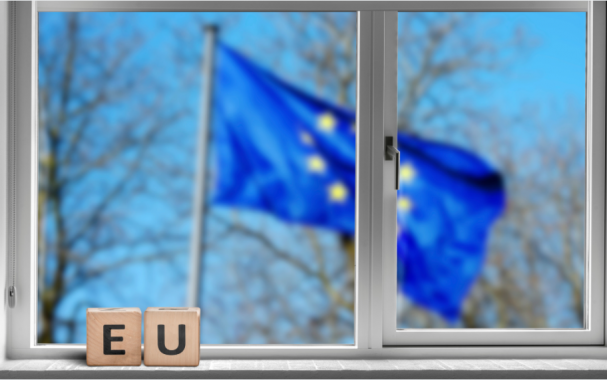Housing Europe’s first take on the State of the European Union speech
Whether we speak about youth, climate or health - the way to Europe’s soul is via our homes
Brussels, 15 September 2021
In her annual State of the European Union (SOTEU) speech, the Commission President Ursula von der Leyen laid out the EU strategy for the following year. Housing Europe looked at the most revelant aspects for the sector - the imminent link between housing and health, the response to the needs of European youth, and climate goals.
Building capacity to deal with future health threats is crucial and a significant part of the equation certainly is healthy and adequate housing for all. Our 2021 ‘State of the Housing’ report unambiguously showed that as little as a 5% increase in housing inadequacy – be it crowded homes, leaking roofs or inefficient rooms that are hard to heat – resulted in a 50% increase in COVID-19 infections and no less than 42% increase in deaths due to the virus in the US. In June 2020, research showed that one out three adults had experienced mental or physical health problems caused by the lack of space or housing in unproper condition. (‘State of Housing’ is now available in English and French.) This is why any EU health strategy needs to help boost access to homes that are good for our health, for the planet and for everybody’s pocket.
The just-announced 2022 Year of European Youth could not be more timely, at a moment when the European Green Deal and NextGenerationEU recovery package is closely intertwined with the future of young people. It is also often students and younger workers that face a greater difficulty to meet housing needs and end up living in sub-standard homes or in their parents’ home until a later age. To be able to celebrate youth that thrives and believes in the European project, the EU and Member States would need to ramp up investment to deliver on basic human rights, a right that housing undoubtedly is. It is essential to build social and affordable housing that can “help dealing with the shortage in housing stock which strongly impacts young people, especially in high-demand urban areas”, as our Housing Europe Observatory research brief pointed out a few years back.
Lastly, the soul of the European Green Deal could really be the New European Bauhaus and the EU Affordable Housing Initiative that both promise to deliver on sustainability, togetherness and even beauty. Inspiring projects from the Housing Europe sector are coming from all corners of Europe, showing that already ongoing housing evolutions can lead the way towards the 2050 goal without leaving anyone behind.
However, we would need to add more soul also to the financial side of the Deal. In November 2020, Housing Europe members committed to a long-term ambition - to renovate 4 million homes in Europe by 2030 that coincided with the EU ambition to double the renovation rate by 2030. A few months later, EU’s decision to support vulnerable households to go through the transition by feeding 25% of the revenues from the Emission Trading Scheme (ETS) to the new Social Climate Fund is a great opportunity and a risk that needs to be emphasised.
As President Ursula von der Leyen said, “the next year will be another test of character” and we would like to add that it would be also a question of whether the policies that we draft today can stand the test of time. Keeping in mind the need to preserve inclusiveness in every piece of legislation would be key to secure the basic human right that housing is. Only in this way we can deliver on the ambitious goals ahead for Europe.